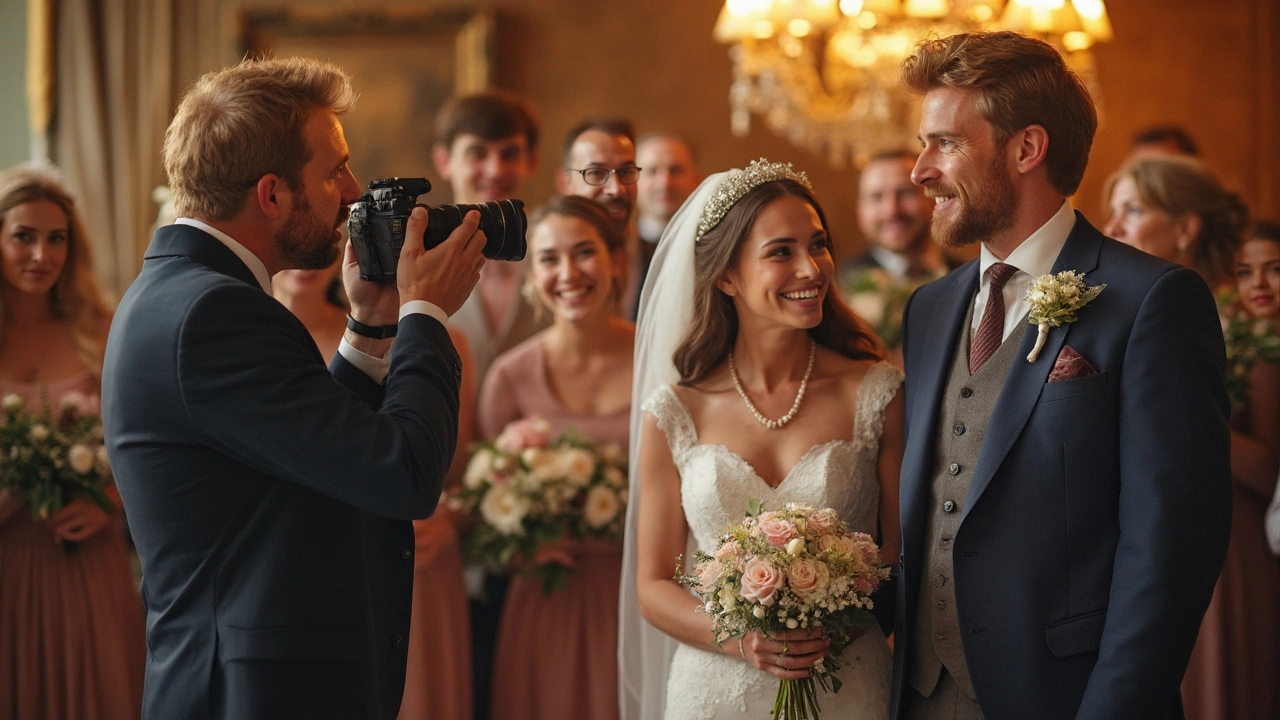Camera Flash Issues: Quick Fixes for Wedding Photographers
If you’ve ever tried to capture a wedding moment and your flash sputters, clicks off, or just won’t fire, you know how stressful it feels. A bad flash can ruin a perfect shot, but most problems are fixable on the spot. Below are the most common flash hiccups and the steps you can take to get back to shooting.
Why Your Flash Might Be Acting Up
First, figure out what’s going wrong. The most frequent culprits are low batteries, incorrect settings, and sync mismatches. A weak battery can make the flash pop out of power at the exact moment you need it most. Similarly, if your camera’s flash mode is set to “rear‑curtain” or “slow sync” by accident, the flash may fire at the wrong time, leaving your subject underexposed.
Another often‑overlooked issue is the flash‑camera sync speed. Most built‑in flashes work best at up to 1/200 s. If you push the shutter faster, the flash can cut off early, resulting in a dark image. And don’t forget about the physical connection – a loose hot‑shoe or dirty contacts can stop the flash from talking to the camera.
Simple Fixes You Can Try on the Spot
1. Check the battery. Pop out the flash battery and re‑insert it, or swap it for a fresh one. Even a partially drained battery can cause flickering or no fire.
2. Confirm your flash mode. Switch the flash to “TTL” or “auto” mode unless you’re doing a specific manual setup. This ensures the camera controls flash output correctly.
3. Adjust the sync speed. Set your camera’s shutter speed to 1/200 s or slower. If you need to capture motion, consider using a slower sync setting with a diffuser rather than cranking the speed.
4. Secure the hot‑shoe. Gently rock the flash side‑to‑side. If it feels loose, tighten the locking lever. Clean any dust from the contacts with a dry cloth.
5. Reset the flash. Turn the flash off, remove it, wait a few seconds, then reattach and power it back on. This can clear any internal glitches.
6. Test with a simple shot. Point the camera at a plain wall, set the flash to fire, and take a picture. Review the image to see if the flash illuminated the scene. If it works, you’ve likely solved the issue.
7. Use a diffuser or bounce. If the flash is too harsh, a small softbox or bounce off a ceiling can make the light smoother without changing settings.
When you’re shooting a wedding, you often have limited time to troubleshoot. Keep spare batteries and a backup flash in your bag. It’s also a good habit to do a quick flash check before the ceremony starts – a few test shots can save you panic later.
Lastly, remember that some problems are hardware related. If you hear the flash click but see no light, the flash tube may be burnt out. In that case, swapping in a spare unit is the fastest solution.
By staying aware of these common flash issues and having a simple checklist, you can keep the lights on and capture those unforgettable wedding moments. Happy shooting!
Why a Red Eye Pops Up in Wedding Photos and How to Fix It
A rogue red eye in a photo can be more than a spooky surprise; for wedding photographers, it's a technical hiccup that needs understanding and quick fixes. This guide explains how red eye happens, what it signifies, and how photographers, especially at weddings, can prevent and correct it—ensuring every shot captures the joy, not distractions. Dive into practical advice, from using camera settings smartly to retouching tools, for picture-perfect memories.
View More